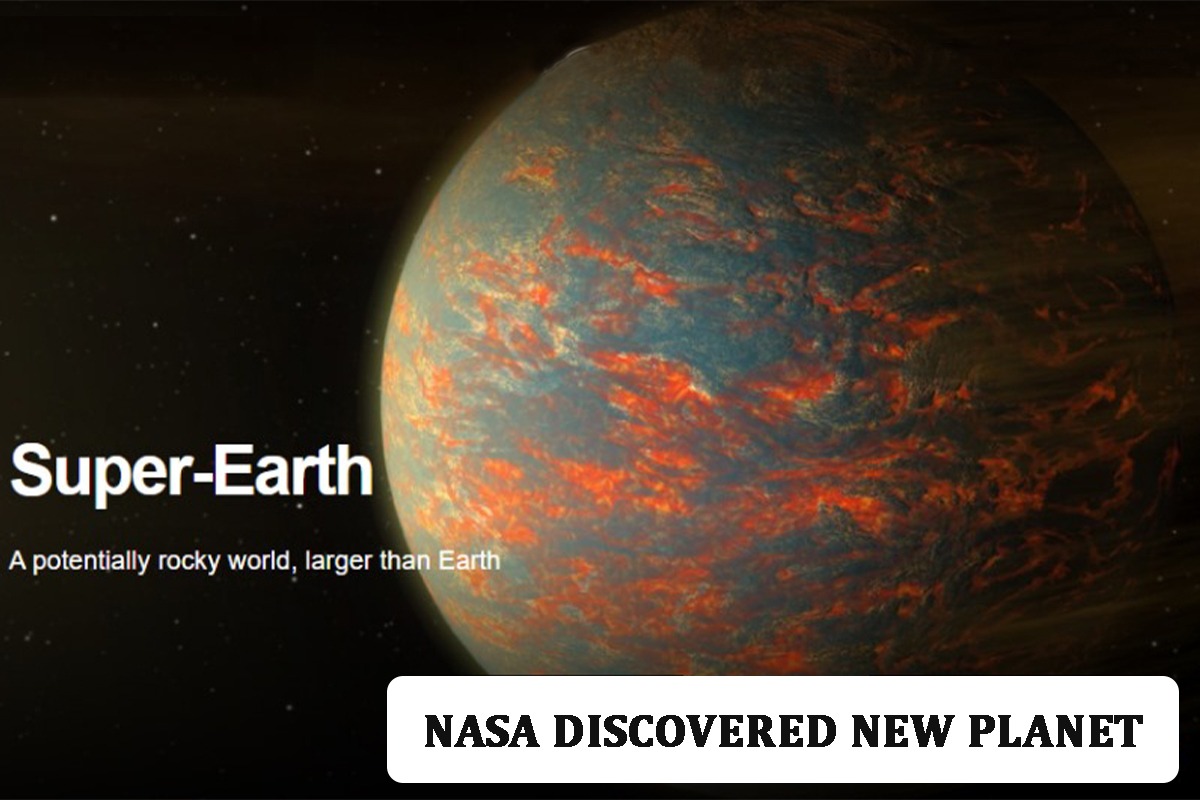NEW DELHI: NASA scientists have unearthed a celestial gem, a ‘super-Earth’ named TOI-715 b, which holds the potential to harbour life. Situated 137 light-years away from our planet, TOI-715 b boasts a size approximately one and a half times that of Earth. Its orbit falls within the conservative habitable zone around its parent star, a red dwarf, suggesting conditions conducive to the existence of liquid water on its surface, according to NASA’s recent findings.
While NASA underscores the necessity of additional factors aligning, such as a suitable atmosphere, to support surface water, the placement of TOI-715 b within the conservative habitable zone presents an optimistic scenario, based on preliminary measurements. This smaller planetary companion could potentially rival Earth in size and might hover just within the boundaries of the conservative habitable zone.
READ MORE : Here’s why Gobi Manchurian is banned in Goa
TOI-715 b’s host star, a red dwarf, distinguishes itself as a smaller and cooler alternative to our Sun, emerging as a prime prospect for the exploration of habitable worlds. Red dwarfs, with their diminutive size and lower temperatures compared to solar-type stars, enable planets to orbit at closer distances while remaining safely ensconced within the star’s habitable zone.
NASA elaborated on the uniqueness of TOI-715 b’s orbital dynamics, highlighting its swift transit across the face of its parent star every 19 days, constituting a ‘year’ on this extraordinary celestial body. The red dwarf’s characteristics make it a compelling target for further investigation, as the planet joins the roster of potentially habitable zone planets that the Webb telescope could scrutinise more closely. The focus will likely involve searching for telltale signs of an atmosphere, contingent upon other defining features of TOI-715 b.
What is a super-Earth?
Super-Earths – a class of planets unlike any in our solar system – are more massive than Earth yet lighter than ice giants like Neptune and Uranus, and can be made of gas, rock or a combination of both. They are between twice the size of Earth and up to 10 times its mass.
READ MORE : Papalkar accepts Padma Shri with condition
Super-Earth is a reference only to an exoplanet’s size – larger than Earth and smaller than Neptune – but not suggesting they are necessarily similar to our home planet. The true nature of these planets remains shrouded in uncertainty because we have nothing like them in our own solar system – and yet, they are common among planets found so far in our galaxy.

